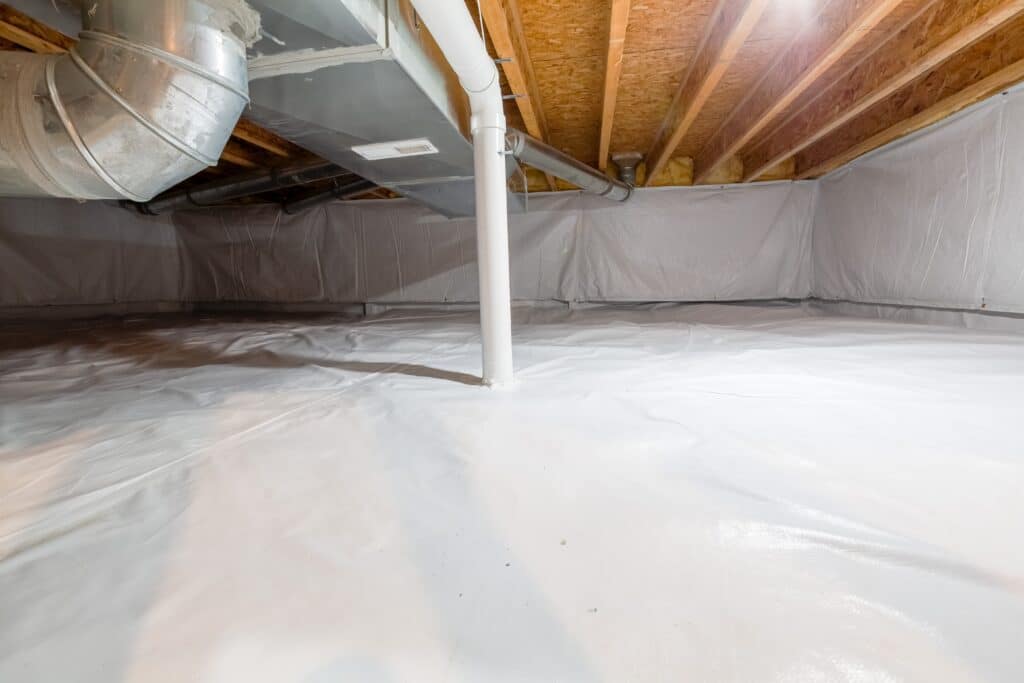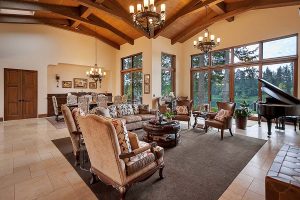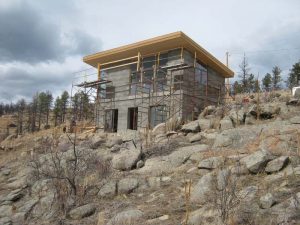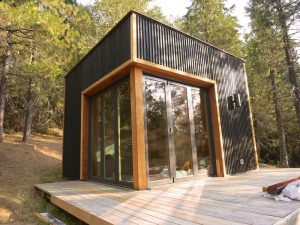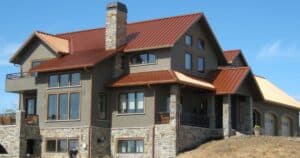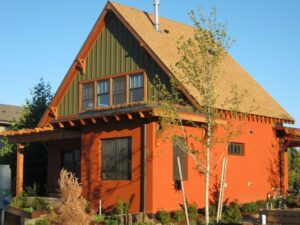Understanding What Is A Conditioned Crawl Space
Right out of the gate, let’s answer the most pressing question – what is a conditioned crawl space? Conditioned crawl spaces, also known as unvented crawl spaces, closed crawl spaces, or sealed crawl spaces, have become a popular choice for homeowners seeking efficient and sustainable solutions for their homes. In this comprehensive guide, we’ll delve into the nuances of conditioned crawl spaces, exploring the definition, differences, and benefits, with a special focus on the role of Faswall blocks in creating optimal conditions.
Defining Conditioned Crawl Spaces: Unveiling the Synonyms
Conditioned crawl spaces, closed crawl spaces, and sealed crawl spaces are all synonymous terms that describe a specific approach to managing the space beneath a home. Unlike traditional vented crawl spaces, a conditioned crawl space focuses on creating a sealed and controlled environment to enhance energy efficiency and protect the structural integrity of the home.
Encapsulated Crawl Spaces: Unraveling the Distinction
Well, what is an encapsulated crawl space and what is the difference between it and conditioned crawl spaces? The terms encapsulated crawl space and conditioned crawl space are often used interchangeably, it’s crucial to understand the subtle differences. An encapsulated crawl space involves sealing the space using a vapor barrier, which is a significant component of conditioned crawl spaces; however, it does not include all the additional features of a fully conditioned crawl space. The key distinction lies in the holistic approach of conditioning, which involves temperature and humidity control beyond mere encapsulation. Encapsulation is just one step towards a fully conditioned crawl space.
Choosing Between Conditioned and Vented Crawl Spaces
Understanding when to opt for a conditioned crawl space over a vented one is essential for any homeowner. Conditioned crawl spaces are particularly beneficial in humid climates, preventing moisture-related issues such as mold and wood rot. Vented crawl spaces, on the other hand, may be suitable for drier climates where natural ventilation can effectively manage moisture levels.
Building and Managing Conditioned Crawl Spaces: Requirements and Considerations
Creating a successful conditioned crawl space involves careful planning and execution. One common question that arises is whether a dehumidifier is necessary. The answer depends on various factors, including climate, local humidity levels, and the effectiveness of the encapsulation. However, to maintain optimal conditions, it’s often advisable to include a dehumidifier in the setup.
Faswall blocks emerge as a game-changer for conditioned crawl spaces, offering a range of benefits that contribute to a healthier and more energy-efficient home. The insulation and R-Value of Faswall significantly enhances thermal performance. Faswall blocks boast exceptional insulation properties, providing a high R-value that contributes to energy efficiency. The insulation helps maintain consistent temperatures within the crawl space.
Additional considerations in conditioned crawl spaces are mold resistance, fire resistance. The inherent properties of Faswall make it resistant to mold and fire, mitigating potential hazards associated with traditional building materials. This not only enhances safety but also prolongs the lifespan of the structure.
Faswall is both non-toxic and environmentally friendly. This makes them a responsible choice for homeowners who prioritize health and sustainability. The blocks are free from harmful chemicals and contribute to a healthier indoor environment. Preventing mold and rot is a key component to a conditioned crawl space – Faswall is designed to be the ideal material for a conditioned crawl space.
Navigating the Question of Humidifiers in Conditioned Crawl Spaces
One common query that frequently arises when discussing conditioned crawl spaces is “does a conditioned crawl space need a humidifier?”. The answer, as with many aspects of home construction, depends on various factors that influence the moisture levels within the crawl space.
Understanding the Role of Humidity in Conditioned Crawl Spaces
Conditioned crawl spaces are designed to control temperature and humidity levels, mitigating potential issues associated with excess moisture. When designing a conditioned crawl space, one of the primary purposes is to manage the humidity levels. In addition to potential tools or accessories, a conditioned crawl space will always include an encapsulation process. Remember, this involves sealing the crawl space with a vapor barrier and plays a significant role in achieving this control. However, external factors such as climate, geographical location, and the effectiveness of the encapsulation can influence humidity levels.
Factors Influencing Humidity Levels
Climate: In regions with high humidity, conditioned crawl spaces may benefit from the additional support of a dehumidifier. The climate plays a crucial role in determining the baseline humidity levels, and areas with prolonged periods of high humidity may require extra measures.
Encapsulation Effectiveness: The quality of the encapsulation is paramount. If the vapor barrier is compromised or if there are gaps in the sealing process, humidity from the surrounding environment can infiltrate the crawl space. Regular inspections and maintenance are essential to ensure the encapsulation remains effective.
When to Consider a Dehumidifier
High Humidity Regions: Homes located in areas with consistently high humidity levels, such as coastal regions, may benefit from a dehumidifier to complement the conditioned crawl space setup.
Encapsulation Challenges: If there are signs of moisture issues within the crawl space, such as condensation on surfaces or a musty odor, it’s advisable to assess the effectiveness of the encapsulation. In such cases, a dehumidifier can act as a secondary measure to address excess moisture.
Monitoring and Maintenance
Regular monitoring of humidity levels within the conditioned crawl space is essential. Homeowners can invest in hygrometers to measure humidity and ensure it stays within the recommended range. Additionally, periodic checks of the vapor barrier and overall encapsulation integrity will help identify and address potential issues before they escalate.
Tailoring Solutions to Specific Needs
The need for a dehumidifier in a conditioned crawl space is not a one-size-fits-all scenario. It depends on the unique circumstances of each home, considering factors such as climate, encapsulation quality, and signs of moisture issues. By staying vigilant and tailoring solutions to specific needs, homeowners can optimize the performance of their conditioned crawl spaces for years to come. The breathable nature of Faswall blocks allows moisture to escape, preventing the buildup of condensation within the crawl space. This feature is crucial in maintaining the desired humidity levels and preventing issues such as mold growth.
Elevating Homes with Conditioned Crawl Spaces and Faswall Blocks
Understanding the principles behind conditioned crawl spaces and the role of Faswall blocks in their construction is vital for homeowners seeking optimal energy efficiency, durability, and sustainability. By embracing these innovative solutions, homeowners can create a living environment that prioritizes both comfort and responsible building practices. Hopefully, the question – what is a closed crawl space – is one you can now answer confidently.
Explore more about Faswall blocks and their applications for conditioned crawl spaces here.

